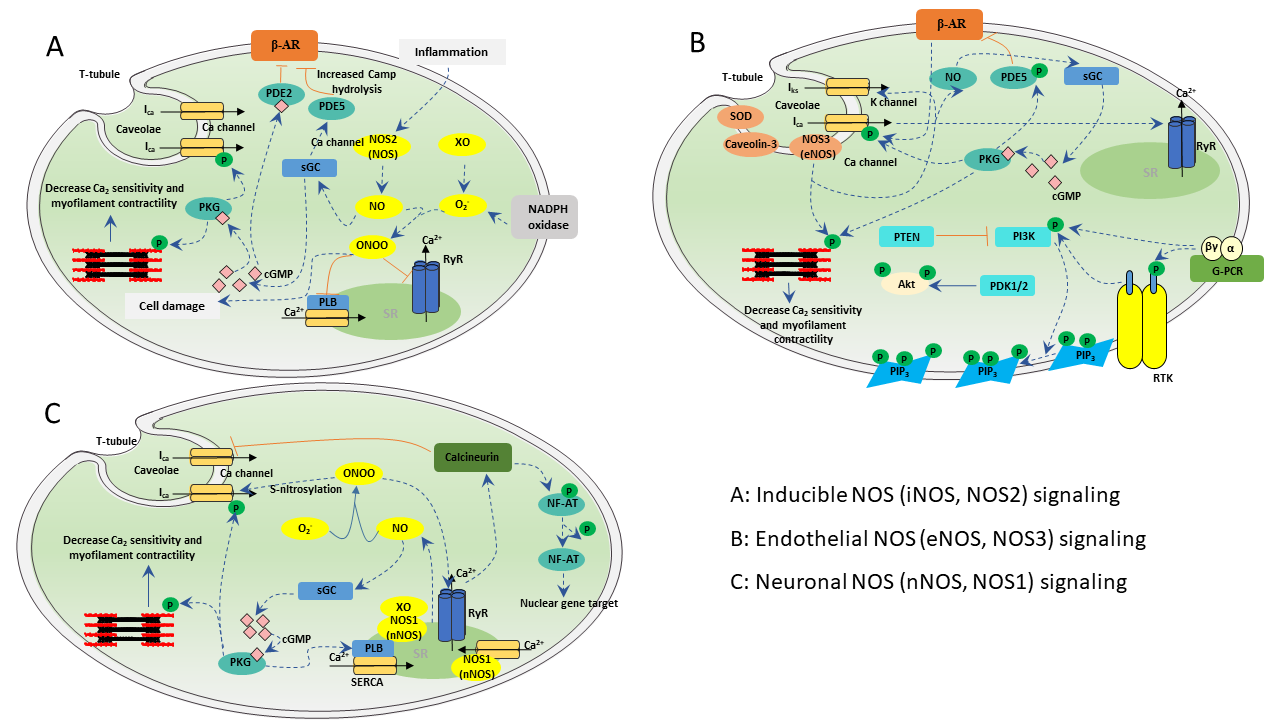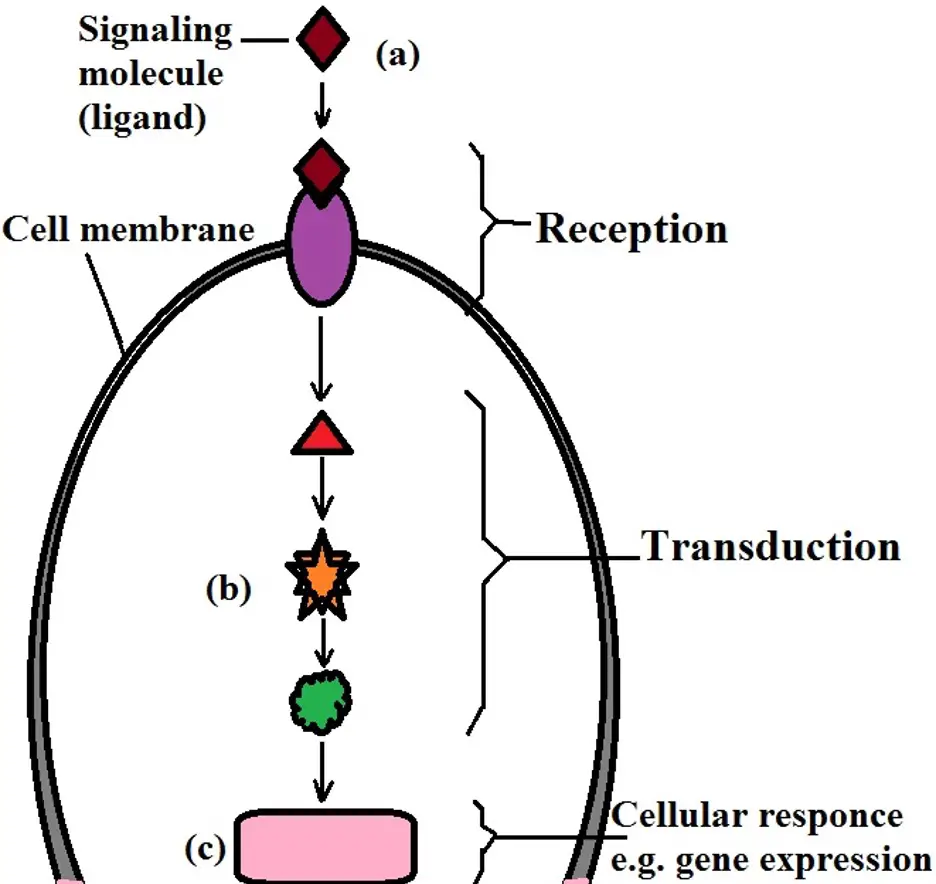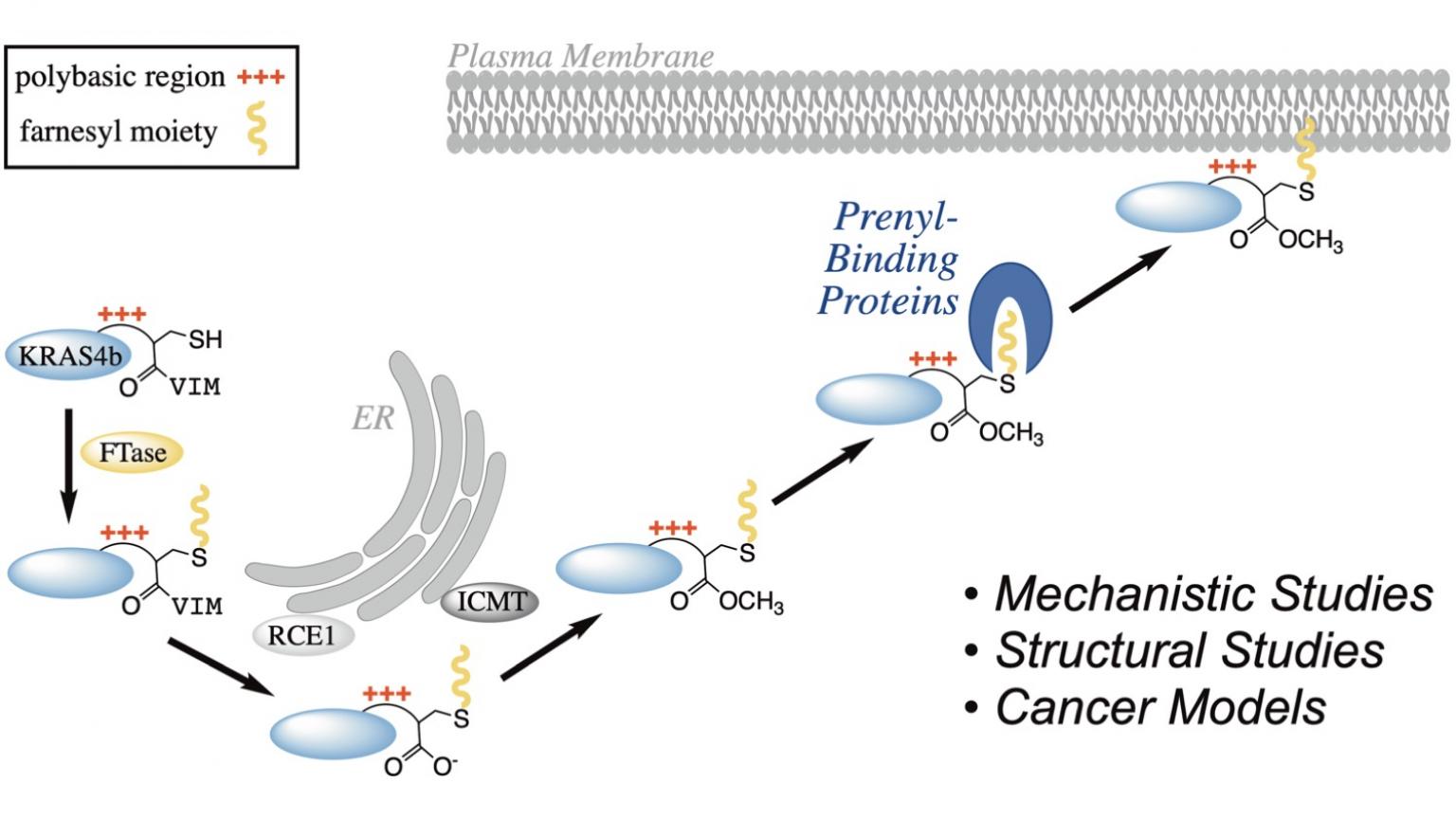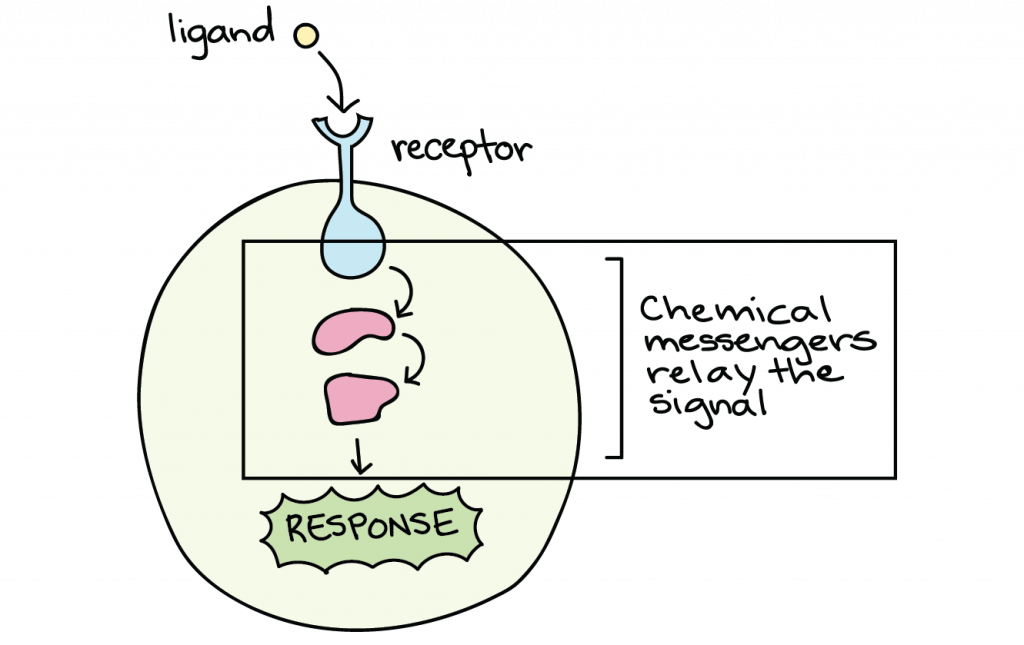Your Gases signaling molecules images are available in this site. Gases signaling molecules are a topic that is being searched for and liked by netizens today. You can Find and Download the Gases signaling molecules files here. Find and Download all free vectors.
If you’re looking for gases signaling molecules images information linked to the gases signaling molecules topic, you have pay a visit to the ideal site. Our site always gives you suggestions for seeking the highest quality video and picture content, please kindly surf and locate more informative video content and images that fit your interests.
Gases Signaling Molecules. Recently gaseous signaling molecules such as carbon monoxide CO nitric oxide NO and hydrogen sulfide H2S which were previously considered to be highly toxic have been of increasing interest due to their beneficial effects at low concentrations. Pages in category Gaseous signaling molecules The following 19 pages are in this category out of 19 total. Farrugia G Szurszewski JH 2014 Carbon monoxide hydrogen sulfide and nitric oxide as signaling molecules in the gastrointestinal tract. Gases nitric oxide NO in mammals ethylene in plants.
 Signaling Molecules And Cellular Receptors Biology For Majors I From courses.lumenlearning.com
Signaling Molecules And Cellular Receptors Biology For Majors I From courses.lumenlearning.com
Long distance signaling. Signaling molecule binds to its receptor on responding cell leading to receptor activation signal transduction and amplification cellular response and eventually termination of the response. Wikimedia Commons has media related to Gaseous signaling molecules. The types of molecules that serve as ligands are incredibly varied and range from small proteins to small ions like. Autoinducer-2 AI-2 N-acylhomoserine lactones AHLs CAI-1-related α-hydroxy ketones AHKs ComX pheromones IQS diffusible signal factors DSFs diffusible extracellular factor DF and Phytophthora mating hormones. This review will focus on the host factors majorly endogenous gaseous signaling molecules which contributes to Mycobacterium tuberculosis survival inside the intracellular environment and highlight the potential.
Hydrophobic signaling molecules ligands can diffuse through the plasma membrane and bind to internal receptors.
However the efficient detection and imaging of H 2 S in live animals is very challenging. Gastroenterology 147303313 PubMed PubMedCentral CrossRef Google Scholar. Long distance signaling. Recently gaseous signaling molecules such as carbon monoxide CO nitric oxide NO and hydrogen sulfide H2S which were previously considered to be highly toxic have been of increasing interest due to their beneficial effects at low concentrations. This article provides a brief update on the synthesis of CO its physiological functions in plant growth and development as well as its roles in abiotic stress tolerance such as drought salt ultraviolet radiation and heavy metal stress. Gaseous signal molecules such as nitric oxide NO carbon monoxide CO hydrogen sulfide H 2 S and other gaseous molecules are produced in almost all tissues in the body and exert regulatory functions in various physiological and pathological processes.
 Source: jbc.org
Source: jbc.org
This review will focus on the host factors majorly endogenous gaseous signaling molecules which contributes to Mycobacterium tuberculosis survival inside the intracellular environment and highlight the potential. Farrugia G Szurszewski JH 2014 Carbon monoxide hydrogen sulfide and nitric oxide as signaling molecules in the gastrointestinal tract. There are many different types of signals including peptides small lipophilic molecules small hydrophilic molecules and gases. Hydrogen sulfide H2S is an endogenous gaseous signaling molecule that plays a critical role in cardiac and vascular biology. Three gasotransmitters nitric oxide NO carbon monoxide CO and hydrogen sulfide H 2 S are involved in guard cell regulatory processes.
 Source: cusabio.com
Source: cusabio.com
Signaling molecules can range from small proteins to small ions and can be hydrophobic water-soluble or even a gas. Hydrophobic signaling molecules ligands can diffuse through the plasma membrane and bind to internal receptors. The types of molecules that serve as ligands are incredibly varied and range from small proteins to small ions like. Carbon monoxide CO a gaseous molecule has emerged as a signaling molecule in plants due to its ability to trigger a series of physiological reactions. Binding of extracellular signaling molecules to cell- surface receptors trigger intracellular pathways that.
 Source: pinterest.com
Source: pinterest.com
Another simple gas carbon monoxide CO also functions as a signaling molecule in the nervous system. Gastroenterology 147303313 PubMed PubMedCentral CrossRef Google Scholar. Autoinducer-2 AI-2 N-acylhomoserine lactones AHLs CAI-1-related α-hydroxy ketones AHKs ComX pheromones IQS diffusible signal factors DSFs diffusible extracellular factor DF and Phytophthora mating hormones. Types of signaling molecules Ligands are produced by signaling cells and act as chemical signals that travel to target cells to coordinate responses. A ligand is a molecule that binds another specific molecule in some cases delivering a signal in the process.
 Source: in.pinterest.com
Source: in.pinterest.com
A ligand is a molecule that binds another specific molecule in some cases delivering a signal in the process. Ligands can thus be thought of as signaling molecules. CO is closely related to NO and appears to act similarly as a neurotransmitter and mediator of blood vessel dilation. Hydrophobic signaling molecules ligands can diffuse through the plasma membrane and bind to internal receptors. Carbon monoxide CO a gaseous molecule has emerged as a signaling molecule in plants due to its ability to trigger a series of physiological reactions.
 Source: microscopemaster.com
Source: microscopemaster.com
Carbon monoxide CO a gaseous molecule has emerged as a signaling molecule in plants due to its ability to trigger a series of physiological reactions. Chemical signals are released by signaling cells in the form of small usually volatile or soluble molecules called ligands. Recently gaseous signaling molecules such as carbon monoxide CO nitric oxide NO and hydrogen sulfide H 2 S which were previously considered to be highly toxic have been of increasing interest due to their beneficial effects at low concentrations. Hydrophobic signaling molecules ligands can diffuse through the plasma membrane and bind to internal receptors. Recently gaseous signaling molecules such as carbon monoxide CO nitric oxide NO and hydrogen sulfide H2S which were previously considered to be highly toxic have been of increasing interest due to their beneficial effects at low concentrations.
 Source: in.pinterest.com
Source: in.pinterest.com
Another simple gas carbon monoxide CO also functions as a signaling molecule in the nervous system. Farrugia G Szurszewski JH 2014 Carbon monoxide hydrogen sulfide and nitric oxide as signaling molecules in the gastrointestinal tract. There are many different types of signals including peptides small lipophilic molecules small hydrophilic molecules and gases. However the efficient detection and imaging of H 2 S in live animals is very challenging. 2 S in the body acts as a gaseous signaling molecule which is known to inhibit Complex IV of the mitochondrial electron transport chain which effectively reduces ATP.
 Source: courses.lumenlearning.com
Source: courses.lumenlearning.com
Chemical signals are released by signaling cells in the form of small usually volatile or soluble molecules called ligands. Recently gaseous signaling molecules such as carbon monoxide CO nitric oxide NO and hydrogen sulfide H₂S which were previously considered to be highly toxic have been of increasing interest due to their beneficial effects at low concentrations. Wikimedia Commons has media related to Gaseous signaling molecules. The role of hydrogen sulfide in human tuberculosis is yet not fully elucidated but this gas has been shown to play a significant role in bacterial respiration growth and pathogenesis. These so-called gasotransmitters affect man.
 Source: courses.lumenlearning.com
Source: courses.lumenlearning.com
Chemical signals are released by signaling cells in the form of small usually volatile or soluble molecules called ligands. Signaling molecules can range from small proteins to small ions and can be hydrophobic water-soluble or even a gas. This review will focus on the host factors majorly endogenous gaseous signaling molecules which contributes to Mycobacterium tuberculosis survival inside the intracellular environment and highlight the potential. There are many different types of signals including peptides small lipophilic molecules small hydrophilic molecules and gases. 2 S in the body acts as a gaseous signaling molecule which is known to inhibit Complex IV of the mitochondrial electron transport chain which effectively reduces ATP.
 Source: cell.com
Source: cell.com
CO is closely related to NO and appears to act similarly as a. These so-called gasotransmitters affect man. This article provides a brief update on the synthesis of CO its physiological functions in plant growth and development as well as its roles in abiotic stress tolerance such as drought salt ultraviolet radiation and heavy metal stress. Gasotransmitters are novel signaling molecules with key functions in guard cell physiology. EXTRACELLULAR SIGNAL MOLECULES Extracellular signaling molecules are critical regulators of physiology and development in organisms.

Another simple gas carbon monoxide CO also functions as a signaling molecule in the nervous system. Recently gaseous signaling molecules such as carbon monoxide CO nitric oxide NO and hydrogen sulfide H₂S which were previously considered to be highly toxic have been of increasing interest due to their beneficial effects at low concentrations. This article provides a brief update on the synthesis of CO its physiological functions in plant growth and development as well as its roles in abiotic stress tolerance such as drought salt ultraviolet radiation and heavy metal stress. CO is closely related to NO and appears to act similarly as a neurotransmitter and mediator of blood vessel dilation. The types of molecules that serve as ligands are incredibly varied and range from small proteins to small ions like.
 Source: sciencedirect.com
Source: sciencedirect.com
Chemical signals are released by signaling cells in the form of small usually volatile or soluble molecules called ligands. Gastroenterology 147303313 PubMed PubMedCentral CrossRef Google Scholar. This article provides a brief update on the synthesis of CO its physiological functions in plant growth and development as well as its roles in abiotic stress tolerance such as drought salt ultraviolet radiation and heavy metal stress. EXTRACELLULAR SIGNAL MOLECULES Extracellular signaling molecules are critical regulators of physiology and development in organisms. Recently gaseous signaling molecules such as carbon monoxide CO nitric oxide NO and hydrogen sulfide H₂S which were previously considered to be highly toxic have been of increasing interest due to their beneficial effects at low concentrations.
 Source: courses.lumenlearning.com
Source: courses.lumenlearning.com
Gases nitric oxide NO in mammals ethylene in plants. Hydrophobic signaling molecules ligands can diffuse through the plasma membrane and bind to internal receptors. The types of molecules that serve as ligands are incredibly varied and range from small proteins to small ions like. Gaseous signal molecules such as nitric oxide NO carbon monoxide CO hydrogen sulfide H 2 S and other gaseous molecules are produced in almost all tissues in the body and exert regulatory functions in various physiological and pathological processes. Farrugia G Szurszewski JH 2014 Carbon monoxide hydrogen sulfide and nitric oxide as signaling molecules in the gastrointestinal tract.
 Source: cell.com
Source: cell.com
Gasotransmitters are novel signaling molecules with key functions in guard cell physiology. Described herein are the recent advances in the chemistry and chemical biology of eight main classes of important microbial signaling molecules. Gases nitric oxide NO in mammals ethylene in plants. Signaling molecule binds to its receptor on responding cell leading to receptor activation signal transduction and amplification cellular response and eventually termination of the response. The role of hydrogen sulfide in human tuberculosis is yet not fully elucidated but this gas has been shown to play a significant role in bacterial respiration growth and pathogenesis.

Gasotransmitters are novel signaling molecules with key functions in guard cell physiology. Ligands can thus be thought of as signaling molecules. Gastroenterology 147303313 PubMed PubMedCentral CrossRef Google Scholar. H2S regulates vascular tone and oxidant defenses and exerts. Autoinducer-2 AI-2 N-acylhomoserine lactones AHLs CAI-1-related α-hydroxy ketones AHKs ComX pheromones IQS diffusible signal factors DSFs diffusible extracellular factor DF and Phytophthora mating hormones.
 Source: medicine.umich.edu
Source: medicine.umich.edu
Binding of extracellular signaling molecules to cell- surface receptors trigger intracellular pathways that. The role of hydrogen sulfide in human tuberculosis is yet not fully elucidated but this gas has been shown to play a significant role in bacterial respiration growth and pathogenesis. H2S regulates vascular tone and oxidant defenses and exerts. Signaling molecules can range from small proteins to small ions and can be hydrophobic water-soluble or even a gas. Wikimedia Commons has media related to Gaseous signaling molecules.
 Source: organismalbio.biosci.gatech.edu
Source: organismalbio.biosci.gatech.edu
Recently gaseous signaling molecules such as carbon monoxide CO nitric oxide NO and hydrogen sulfide H 2 S which were previously considered to be highly toxic have been of increasing interest due to their beneficial effects at low concentrations. Recently gaseous signaling molecules such as carbon monoxide CO nitric oxide NO and hydrogen sulfide H₂S which were previously considered to be highly toxic have been of increasing interest due to their beneficial effects at low concentrations. Recently gaseous signaling molecules such as carbon monoxide CO nitric oxide NO and hydrogen sulfide H 2 S which were previously considered to be highly toxic have been of increasing interest due to their beneficial effects at low concentrations. Gases nitric oxide NO in mammals ethylene in plants. A ligand is a molecule that binds another specific molecule in some cases delivering a signal in the process.
 Source: jbc.org
Source: jbc.org
A ligand is a molecule that binds another specific molecule in some cases delivering a signal in the process. Wikimedia Commons has media related to Gaseous signaling molecules. A ligand is a molecule that binds another specific molecule in some cases delivering a signal in the process. Carbon monoxide CO a gaseous molecule has emerged as a signaling molecule in plants due to its ability to trigger a series of physiological reactions. This article provides a brief update on the synthesis of CO its physiological functions in plant growth and development as well as its roles in abiotic stress tolerance such as drought salt ultraviolet radiation and heavy metal stress.
 Source: pinterest.com
Source: pinterest.com
Farrugia G Szurszewski JH 2014 Carbon monoxide hydrogen sulfide and nitric oxide as signaling molecules in the gastrointestinal tract. Autoinducer-2 AI-2 N-acylhomoserine lactones AHLs CAI-1-related α-hydroxy ketones AHKs ComX pheromones IQS diffusible signal factors DSFs diffusible extracellular factor DF and Phytophthora mating hormones. Recently gaseous signaling molecules such as carbon monoxide CO nitric oxide NO and hydrogen sulfide H₂S which were previously considered to be highly toxic have been of increasing interest due to their beneficial effects at low concentrations. Farrugia G Szurszewski JH 2014 Carbon monoxide hydrogen sulfide and nitric oxide as signaling molecules in the gastrointestinal tract. A ligand is a molecule that binds another specific molecule in some cases delivering a signal in the process.
This site is an open community for users to do submittion their favorite wallpapers on the internet, all images or pictures in this website are for personal wallpaper use only, it is stricly prohibited to use this wallpaper for commercial purposes, if you are the author and find this image is shared without your permission, please kindly raise a DMCA report to Us.
If you find this site good, please support us by sharing this posts to your own social media accounts like Facebook, Instagram and so on or you can also bookmark this blog page with the title gases signaling molecules by using Ctrl + D for devices a laptop with a Windows operating system or Command + D for laptops with an Apple operating system. If you use a smartphone, you can also use the drawer menu of the browser you are using. Whether it’s a Windows, Mac, iOS or Android operating system, you will still be able to bookmark this website.





